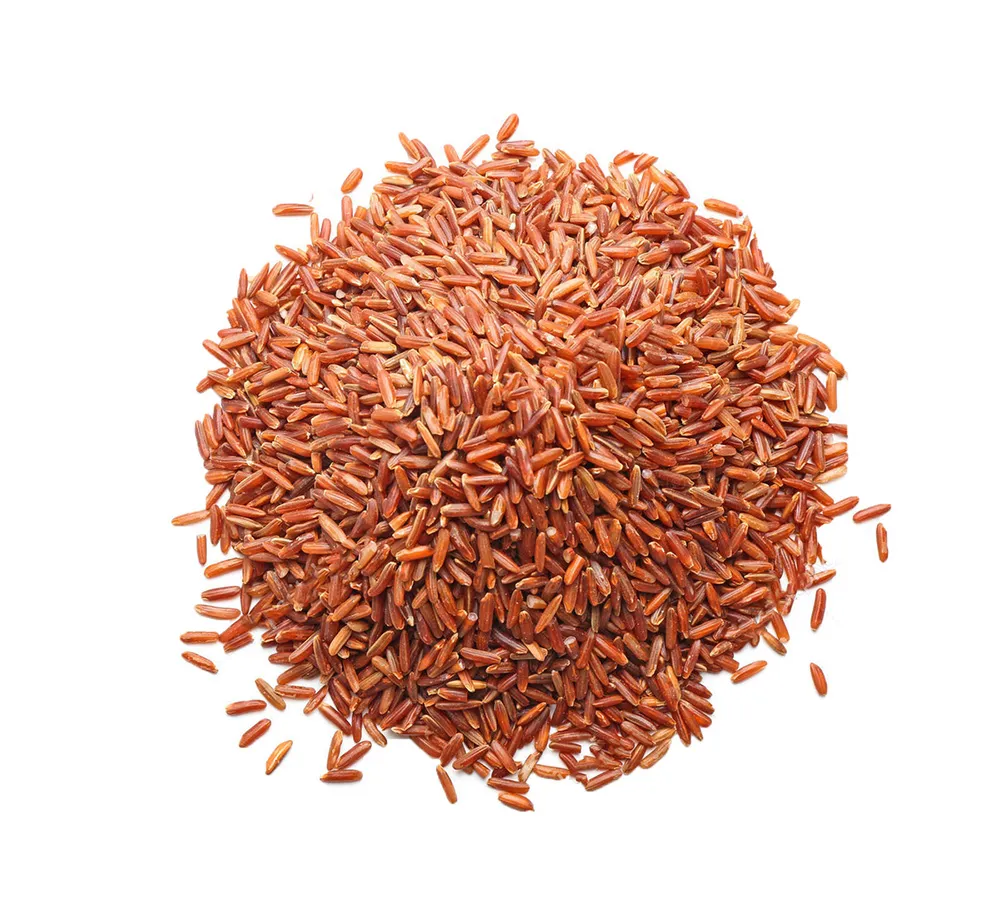
Overview
| Name | Value | Level |
| Glycemic index | 50 | |
| Glycemic load | 36.5 |
Glycemic Index of Brown rice
The glycemic index of brown rice is estimated to be around 50-55, which is considered to be a low glycemic index value.
The glycemic index is a measure of how quickly a food raises blood sugar levels after consumption, and it is based on the food’s carbohydrate content.
Brown rice is a whole grain that contains fiber and other nutrients that slow down the absorption of glucose into the bloodstream, which results in a slower rise in blood sugar levels compared to white rice. However, the cooking method, variety, and individual differences in digestion can also affect the glycemic response to brown rice consumption.
Glycemic Load of Brown rice
The glycemic load of brown rice varies depending on the serving size and the cooking method used. Generally, one cup of cooked brown rice (around 100 grams) has a glycemic load of around 36.5, which is considered to be a high glycemic load.
The glycemic load takes into account both the glycemic index of a food and the amount of carbohydrates in a serving of that food. Brown rice is a whole grain that contains fiber and other nutrients that slow down the absorption of glucose into the bloodstream, which results in a slower rise in blood sugar levels compared to white rice. Therefore, brown rice can be a healthier option for those who are monitoring their blood sugar levels.
Brown Rice Nutrition Facts (100g)
| Nutrition Facts | |
| Calories (kcal) | 337 |
| Carbohydrates (g) | 72.9 |
| Proteins (g) | 7.4 |
| Fats (g) | 1.8 |
100 grams of brown rice contain 337 kcal (1410 kJ), 7.4 grams of proteins, 72.9 grams of carbohydrates, and 1.8 grams of fats.
Brown rice is a type of whole grain that is becoming increasingly popular due to its many nutritional benefits. Unlike white rice, which has had the bran and germ removed, brown rice retains these important components, making it a much healthier option. In this article, we will discuss the nutritional benefits, drawbacks, nutrition facts, and health benefits of brown rice.
Brown Rice Health Benefits:
- Source of Carbohydrates: Brown rice is a good source of carbohydrates, which are the body’s primary source of energy. Consuming carbohydrates can help to boost energy levels and support physical activity.
- High in Fiber: Brown rice is a high-fiber food, which is essential for maintaining healthy digestion and preventing constipation. Fiber can also help to reduce the risk of developing chronic diseases, such as heart disease and type 2 diabetes.
- Contains Essential Nutrients: Brown rice is a good source of several essential nutrients, including magnesium, phosphorus, and vitamin B6. These nutrients play important roles in maintaining overall health and well-being.
- May Help Control Blood Sugar: Brown rice has a lower glycemic index than white rice, meaning it causes a slower and more gradual rise in blood sugar levels. This can be beneficial for those with diabetes or those looking to maintain stable blood sugar levels.
- May Help Control Cholesterol: Brown rice contains compounds called lignans, which have been shown to help lower cholesterol levels in the body. This can be beneficial for reducing the risk of developing heart disease.
Drawbacks:
- Longer Cooking Time: Brown rice takes longer to cook than white rice, which may be inconvenient for some people.
- May Contain Arsenic: Brown rice may contain higher levels of arsenic than white rice due to the fact that the bran and germ are left intact. However, consuming brown rice in moderation is generally considered safe.
- May Be Higher in Calories: Brown rice is slightly higher in calories than white rice, which may be a consideration for those watching their calorie intake.
In conclusion, brown rice is a highly nutritious food that can provide many health benefits. It is high in fiber and essential nutrients and may help to control blood sugar and cholesterol levels.
However, it may contain higher levels of arsenic and take longer to cook than white rice. Choosing brown rice as part of a balanced and varied diet is a healthy choice that can support overall health and well-being.
If you feel you need more information check out rice glycemic index page to know more!


